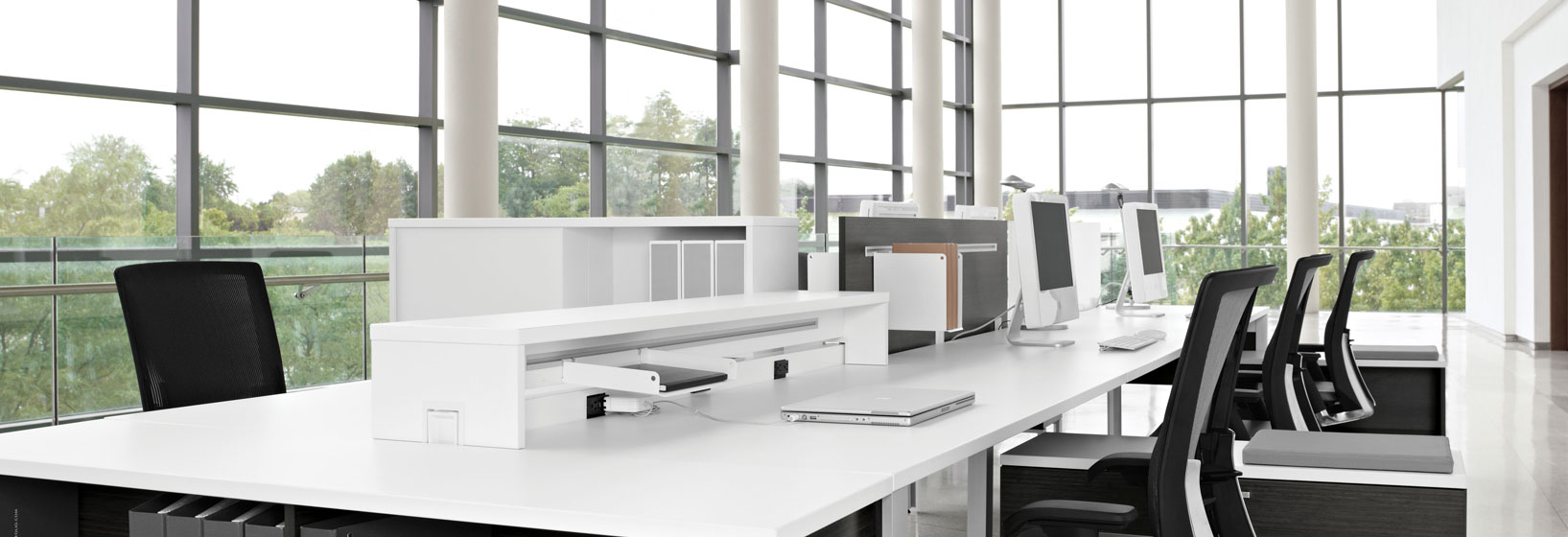Does the color of your workplace environment make a difference in your business?
Turns out that it does. The psychology of design is proven to show that color, design and furniture texture can all make a difference in employee enthusiasm and how business gets done. That’s because the overall environment of your office can make people feel a certain way - which can impact their willingness to buy, make a difference in how they are selling and hinder or enhance productivity as a whole.
All aspects of the business cycle can be impacted by how psychologically motivating the furniture is and the aesthetics of the overall appearance. We put together some information to help you pay careful attention to the color, design and technology behind your office furniture.
The Psychology of Color
Color has been known to impact human’s moods. Each color evokes a different emotion and used together can create a whole feeling. So if you have a conference room where you host meetings, the color of the walls may make a difference in the success of the sales pitches! In fact, color increases brand recognition by up to 80 percent, can improve readership by 40 percent and can improve comprehension by 73 percent.
So if you are trying to nudge your buyers into feeling both trust and confidence, painting the wall orange can help. If you want them to be more creative, paint the walls blue.
Here are how other colors impact emotions, according to FreshHome Design and Architecture:
Blue is calming and cooling, promoting mental control and clear, creative thinking.
Pink lessens feelings of irritation, aggression, loneliness, discouragement and burden.
Red enhances feelings of strength and energy; it is associated with vitality and ambition.
Yellow makes people feel clear-headed and alert, allowing for clear thinking for decision making.
Orange helps ease emotions and boost self-esteem. It creates enthusiasm for life.
While color should be a deliberate part of an office culture, it's not the only thing that matters. Turns out that the way furniture is arranged can make a difference in putting both employees and visitors at ease. Placing chairs, workstations and other furniture strategically in a room can help make people more comfortable - which can lead to more positive relationships and higher sales volume. Even if potential clients aren’t frequenting a given office space, a comfortable layout can help employees relax and get down to business while in the office.
It’s also important for businesses to pay attention to textures - which is the flooring, fabric, upholstery and how they interact within a space. A harsh melding of colors, texture and arrangements could be off-putting to potential employees, business partners and vendors. Paying attention to the environment as a whole can make all of the difference.
See why paying attention to the design/furnish process makes a difference?





